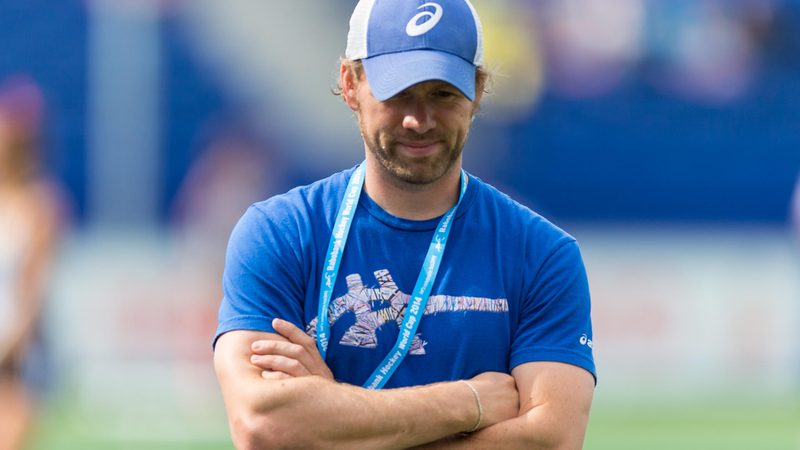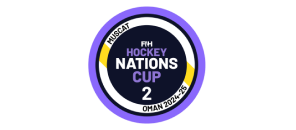
Dave Hamilton moved with Craig Parnham from England Hockey to Team USA following the 2012 Olympics. The duo's arrival on the hockey scene in the USA has coincided with a dramatic change in performance for the team ranked 10th in the FIH World Rankings. At this stage of the Rabobank Hockey World Cup, Team USA are currently topping their pool and look likely to meet the runners-up of Pool A in the semi-finals. Observers of the new-look USA team have been impressed by their levels of fitness – so is Dave the USA's secret weapon?
Question: What is the most drastic change you have made to the programme since you joined team USA?
My role within the team is Director of Performance Science and having worked with Craig (Parnham) before my remit for the team was very clear: make Team USA the best physically prepared team in the world of hockey. The biggest changes to the programme have been structural. Myself and Craig have put together a weekly/monthly training plan that is balanced both from a physical and holistic standpoint. It is designed to facilitate both an opportunity for development and recovery. The weekly structure and daily training frequency is purposefully designed to closely replicate the demand of tournament hockey, while preparing the USA athletes to better tolerate hockey specific overload.
Question: What are the aims of your fitness programme?
The most successful teams in field-based sports are those that can repeat the most high intensity actions. However, the most important objective from a coach's standpoint is having every player available for selection. Therefore a key focus for us is injury prevention and developing athletes with a high work capacity so they can successfully endure the unique physical demands associated with hockey match play. All physical attributes need to be trained – speed, strength, endurance and mobility – in order to be successful. However, the skill is being able to control and develop these qualities systematically throughout a training year, while taking into account individual needs and competition priority. My aspiration for Team USA is that they will be able to complete the same high intensity actions in the final 10 minutes of the last game as they did in the first 10 minutes of the first match.
Question: What cycles of activity/fitness do you follow?
As an Olympian, the objective is to improve year-on-year. Physically, we know athletes with extended exposure to training have superior recovery qualities and greater potential to tolerate higher workloads. Peaking is a lovely concept, but in reality for a field-based sport it can be misconstrued. The focus for teams should be to have their athletes arrive fresh and carrying very little fatigue for game one. A well-planned taper strategy is key to this.
Question: What technology do you use?
We use Catapult sport and polar technologies to understand the physical work being completed on the pitch. These technologies offer a great insight into the type of activities being completed (distance moved, speeds ran, accelerations/decelerations made, heart rate, etc.) and how well the players are responding. We also use other technologies to help understand daily performance state and recovery qualities. The main reason for which is to take subjectivity out of performance decisions.
Question: How tailored to each athlete is the programme?
Every athlete has different physical attributes, both as an individual and from a positional standpoint on the pitch. It therefore makes sense that their programmes accommodate for this.
Question: Can you give me a few examples of fitness sessions you might implement?
Haha, very funny. NO!
Question: How has your fitness regime been received by the athletes?
There are no short cuts to anywhere worth going. The work is tough and I am very fortunate to work with this fantastic group of athletes. Culturally the group drives standards and have a real desire to succeed. I often present back to the group after each training block, so they understand where they have been and where they are now. I believe this goes a long way to help with buy-in and trust in the training interventions we put in place.
With thanks to Dave Hamilton and Team USA.

























